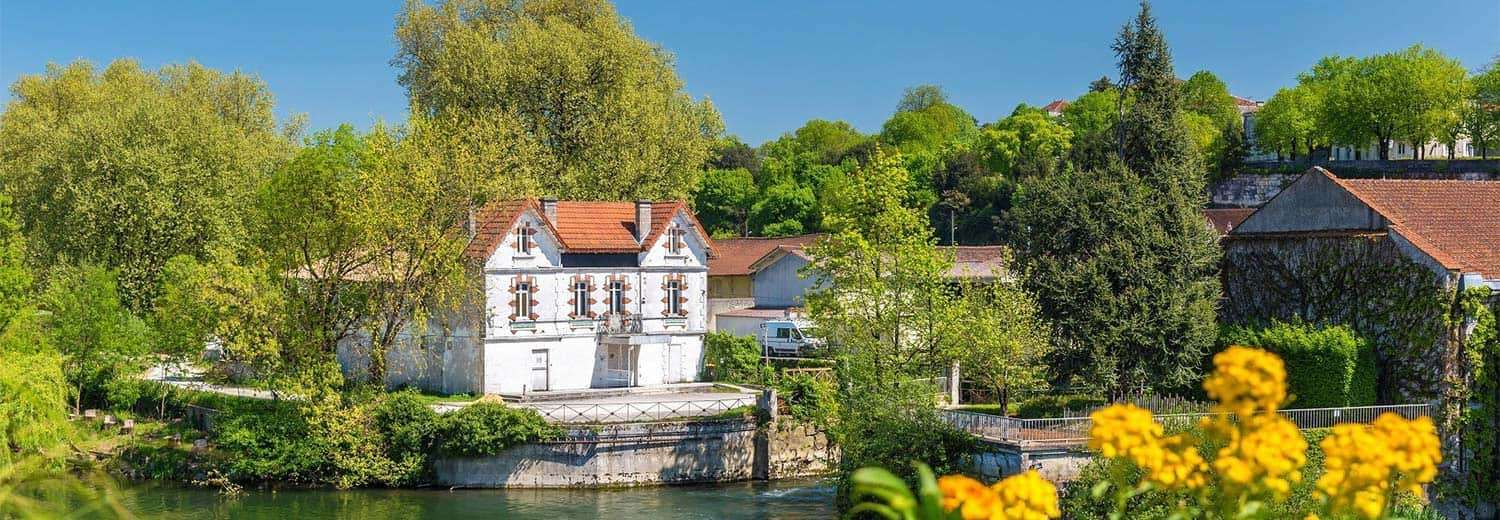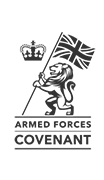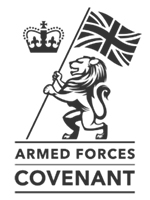GET A QUICK, FREE QUOTE
Rated 'Excellent'
on Trustpilot
ECMT International
Removals Permit
British Association
of Removers
Eco Friendly
Removals
Our Removals Service Includes…
For removals to and from Cognac.
Call Now 0808 175 1966
Cognac
An area covered with vineyards and tributes to its fine namesake
Ahhh, the water of life – and with it, 600 years of tradition – makes the city of Cognac a very special one indeed.
In 1610, Jacques Roux traded in an eau-de-vie believed to be the original cognac – a rich-tasting, fiery brew made from grapes local to the Charente Department.
Some 260 years later the Cognac countryside was almost decimated by the phylloxera disease, which destroyed most of the vineyards. However they bounced back, using innovative ways to get their special drink to production and in 1891 the name cognac was first used as the name for local eaux-de-vie.
Only brandy made in the Cognac region can be called “cognac.”
Around this time, another significant related industry sprang up after Claude Boucher moved to Cognac to found a glass factory and invented a glass-blowing machine. The Claude Boucher glassworks was taken over by the Saint-Gobain company in the 1960s.
The Big Five cognac houses are perhaps the best known – Hennessy, Martell, Rémy-Martin, Camus and Otard – three of those families were originally English. There are, however, many other smaller houses, many of which have remained family-owned.
The cellars in which the cognacs were aged, however, are now mostly out of the city centre for health and safety reasons (it could be quite something if a cask caught alight).
But Martell has a cellar site on the banks of the Charente near the old town.
Much of the local economy relies on the production of cognac and associated activities, such as tours of the distilleries, Saint-Gobain glassware, bottling, labelling and packaging.
Other related industries are also going strong here, such as farms, cleaning products and cellar supplies, coopers and glass makers.
A signature of the area is black walls, caused by a microscopic fungus called Baudoinia compniacensis, which develops near the vapours of brandy. The black colour can be seen on walls, districts and certain trees.
Unlike most fungi, this one is much loved, and is dubbed ‘the mushroom from the angels’.
Against that blackness, you have the vibrancy of flowers everywhere. In 2017, the town was awarded the ‘three flowers’ label by the National Council of Flowered Towns and Villages of France.
This is despite a hundred-year flood hitting the Charente river in 1982, which lasted nearly two weeks, and a huge storm at the end of 1999 which destroyed a large part of the François-Ier park and the public garden.
The city was awarded the title of City of art and history in 2012. It has also adopted a sustainable development policy, covering all building in the city, which is home to about 50,000 people.
The GR 4 hiking trail connecting Royan to Cannes crosses the town. The two oldest districts of Cognac, in addition to the historic centre which first developed around the Château des Valois, are the suburbs of Saint-Jacques and Saint-Martin. There are three other more recent districts: Crouin, the city of the Hospital and the city of the Dolmen.
The Charente-Océan network of towns links Cognac with Saintes in Charente-Maritime. The two towns are just 15 miles apart and linked by the Charente river, so they face common issues, such as old centres and their small size hampering development. The network is aimed at tackling these issues collaboratively.
The city has many places to visit, including The Art and History Museum, in the Cognac public garden, The Cognac Arts Museum (MACO) and The Conservatory of Music and Drama.
L’Avant-scène offers a variety of festivals and cultural evenings and The Institute of History and Archeology of Cognac is certainly worth a look.
History of Cognac
The medieval part of town called old Cognac stretches from the Saint-Jacques towers to the Saint-Léger church.
Here, near the Valois castle, along cobbled streets there are houses and mansions from the 15th to the 18th century salamander sculptures, gargoyles, richly decorated facades and half-timbered houses.
Cognac castle is where King François I was born in 1494. He awarded the city the right to trade in salt, which helped it develop commercially.
However in 1541, the salt tax was imposed on Saintonge and Angoumois – which had been previously exempt. There was a revolt, which spread near Angoulême, and Cognac was taken by the rebels.
In the Saint-Martin district – a former town which was merged with Cognac in 1867 – is the 12th century Saint-Martin church, the remains of a Merovingian necropolis dating back to the 7th century and the washhouse dating from the 1880s.
At the start of the 18th century, Cognac was gradually modernised. The ramparts of the city fell into disrepair and disappeared completely by 1845.
Cognac really started to grow in 1839 with the building of the national road (RN141). Then in 1847, the local municipalities were reorganised – Cognac grew by absorbing part of the municipality of Saint-Martin and the suburbs of Saint-Lazare and Saint-Antoine as well as the village of Cagouillet. In 1867, Cognac absorbed the communes of Crouin and the rest of that of Saint-Martin.
Removals service
Why Choose Armishaws
- We’ll move you a mile up the road or to the other side of the continent
- Part loads no problem
- We ship all over the world
- We are experienced in moving people to France, Spain and Portugal
- We offer storage
- Bespoke service
- We can pack for you!
- Nearly 50 years in business
- Free surveys and fast quotes
Just call our friendly team on 0800 917 1015 or email enquiries@armishaws.com for a competitive quote.
We have plenty of fully-trained staff and we always work to the highest standards – we are proud to have held the BSEN 12522 certificate since 1999.
For Free Advice and a Quotation call 0800 917 1015
Why move to Cognac?
There’s a peaceful feeling to Cognac. Despite its size, you get the impression people are relaxed, happy and well-off living here.
It’s so pretty, stuffed with culture and history – a real find for would-be expats.
The local foods are just lovely – there are a lot of sumptuous specialities (it’s not all booze here. It’s easy to walk around the town, where you can see delightful old houses, great shops and stop at the Jardin Public to marvel at its fountains and peacocks. The Museum of Art and History features a collection of paintings and sculptures as well as the expected museum of cognac.
On the riverside you’ll find space, lovely old warehouses and some of the bigger cognac houses.
Properties in Cognac
Have a look at what you can get for your money – www.rightmove.co.uk/overseas-property-for-sale/Cognac.
Transport Links
Cognac is 406 km from Paris and 97 km from Bordeaux2.
There is a rail service, but it takes over three hours to get to Paris from here.
Local Events
Local events include the Cognac Blues Passions Festival, held in the first week of July, a street arts festival in the first weekend in September and the Cognac festival at the end of July.
There’s a Polar Festival of Cognac and POLAR Ceremonies, featuring comic strip tributes, cinema, literature, television and theatre in the third weekend of October.
Many people visit the Cognac flower market and there’s the European Literatures Cognac, which is an annual literary event.
Schools near Cognac
There are no international or bilingual schools in the Cognac area. There are local schools, however, if your children are young enough or fluent enough!














